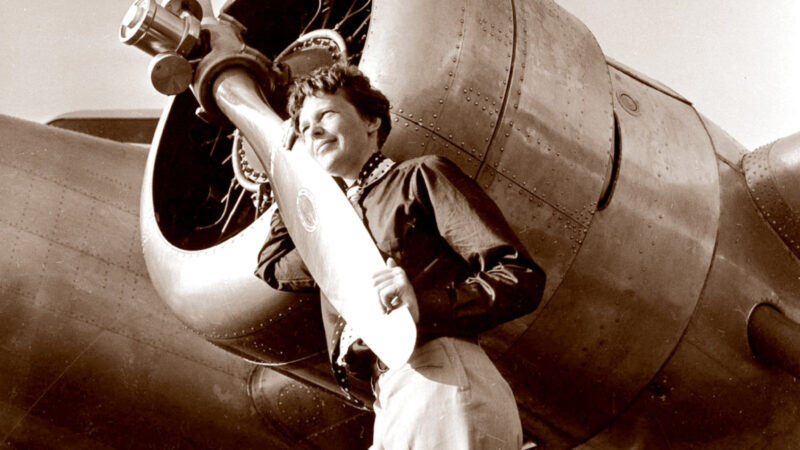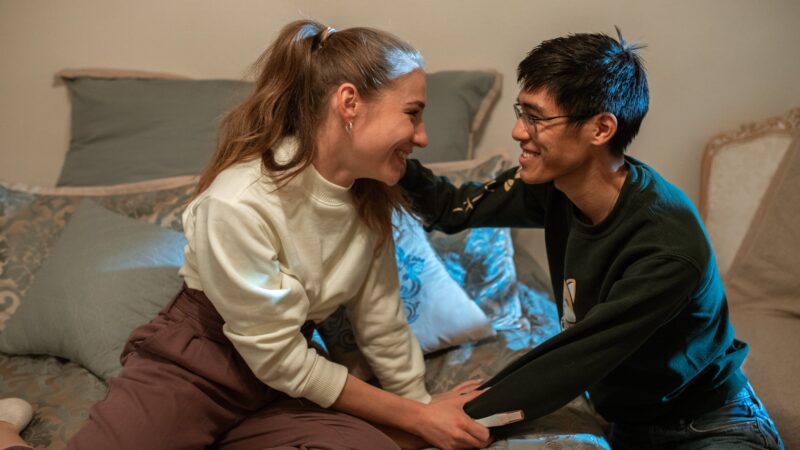The Egg and The Sperm – A Scientific Fairytale

Has it ever occurred to any of us or do we know how culture shapes science? Or, how it is our culture that helps one shape their opinion about something?
I don’t think so. And yet, when one looks at the various incidents in the past, he or she cannot deny it.
It has come to our notice that on and on again in the past, the egg and the sperm have been pictured according to our gender stereotypes. These stereotypes not only tell one how the female biological processes are not as worthy as the male ones, they also show how women are less worthy than men.
Here are a few texts that support this hypothesis:
1. In the book Human Physiology: The Mechanisms of Body Functions by Arthur J. Vander, James H. Sherman and Dorothy S. Luciano, the following lines are mentioned: “perhaps, the most amazing characteristics of spermatogenesis is its sheer magnitude: the normal human male may manufacture several hundred millions sperms per day.” (Does this not strike as too much in excess?)
2. Perhaps, the classic text, Medical Physiology puts it more explicitly as: “whereas the female sheds only a single gamete each month, somniferous tubules produce hundreds of millions of sperms each day.”
3. In a section heading for Molecular Biology of Text, we are told that “Oogenesis is wasteful”.
4. In many medical texts, the egg is seen as large and passive. It does not move or journey but is passively “transported”, “swept” or even “drifted” along the fallopian tube. On the other hand, sperms are well “streamlined”. They “deliver” their genes to the eggs, “activate the developmental program of the egg” and have a “velocity” that is often remarked upon. Their tails are “strong and efficiently powered”.
5. In The Importance of Feminist Critique for Contemporary Cell Biology, the egg is said to be a “corona”, a crown, and to be accompanied by “attendant cells”. It is holy, set apart and above, the queen to the sperm’s king. The egg must depend on the sperm for rescue.
6. Gerald Schatten and Helen Schatten liken the egg’s role to that of Sleeping Beauty as: “a dormant bride, awaiting her mate’s magic kiss, which instills the spirit that brings her to life. Sperm, by contrast, have a mission, which is to move through the female genital tract in the quest of the ovum.
7. Miller and Pelham mention that the sperms carry out a perilous journey into the warm darkness where some fall away exhausted. Survivors assault the egg, the successful candidates surrounding the prize.
8. In the Functional Anatomy of Spermatozoan, an electron micrograph of an enormous egg and tiny sperm is titled, “Potrait of a Sperm”. This is just like showing a photo of a dog and calling it a portrait of fleas.
Note: References taken from The Egg and The Sperm: How Science Has Constructed a Romance Based on Stereotypical Male-Female Roles by Emily Martin.
———–
ABOUT THE AUTHOR: This article is written by Ritika Chhabra, our intern.






